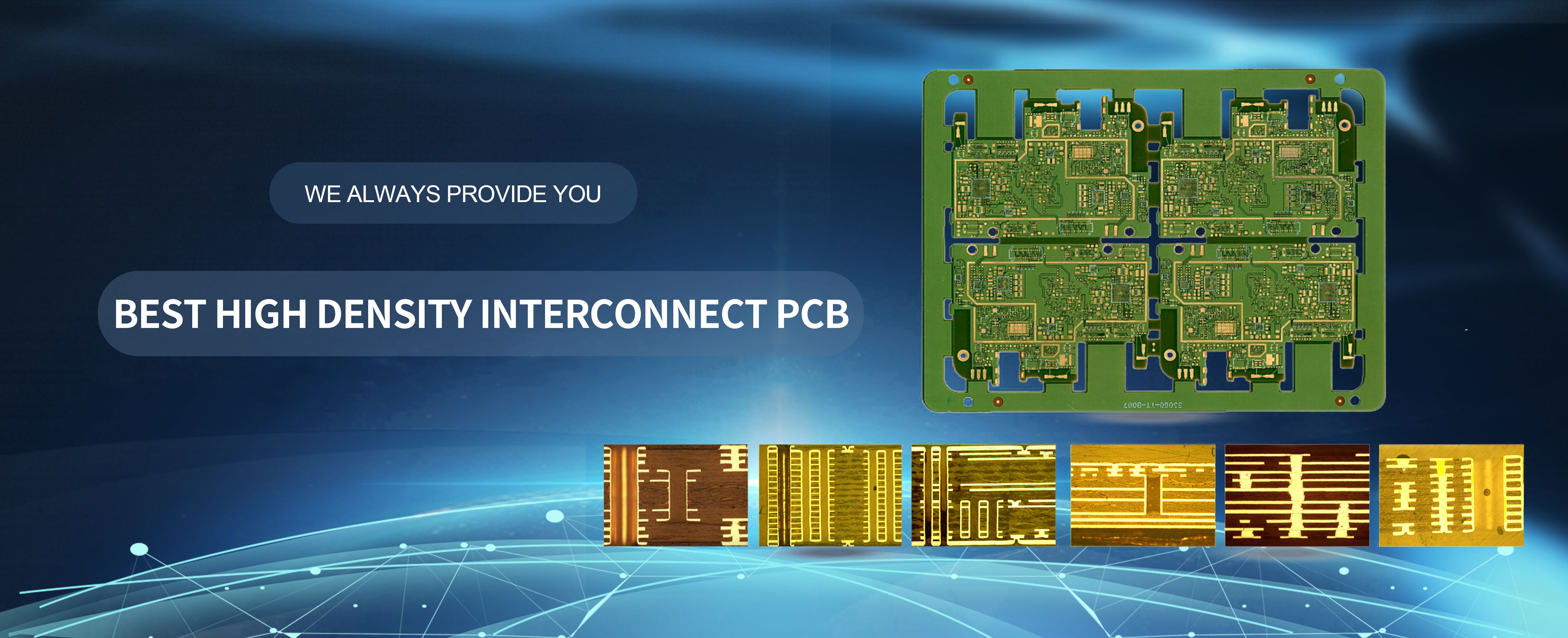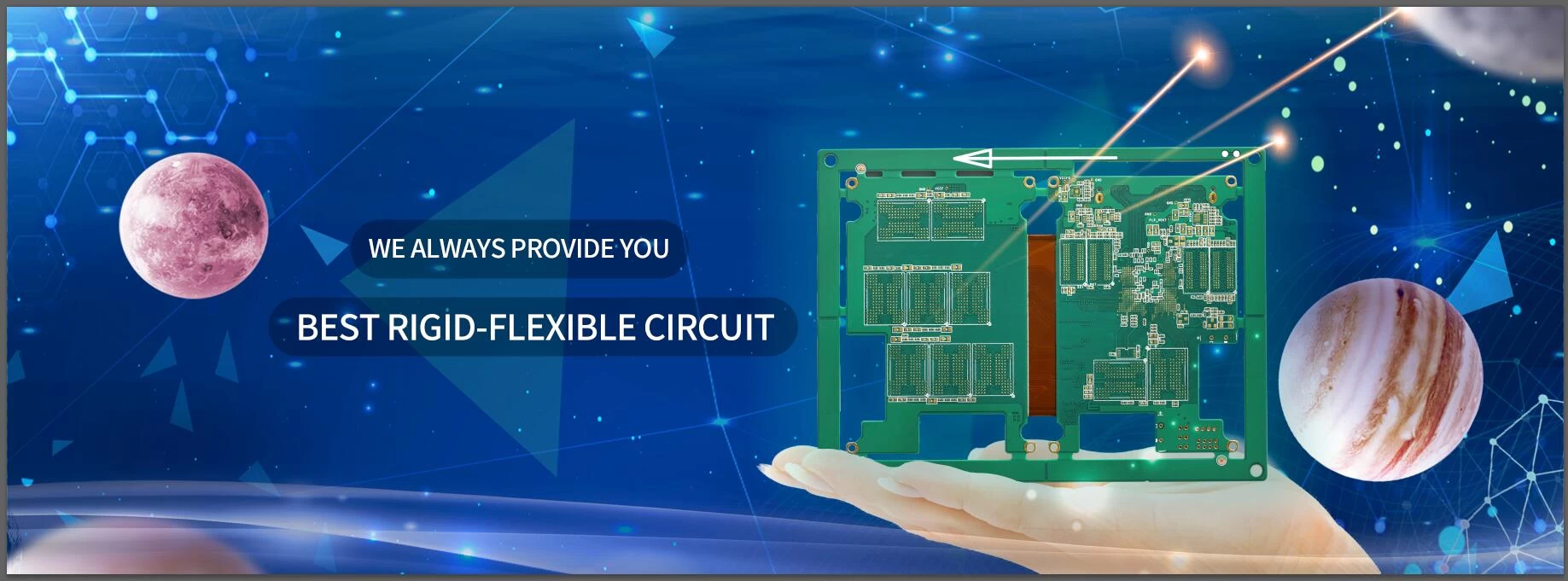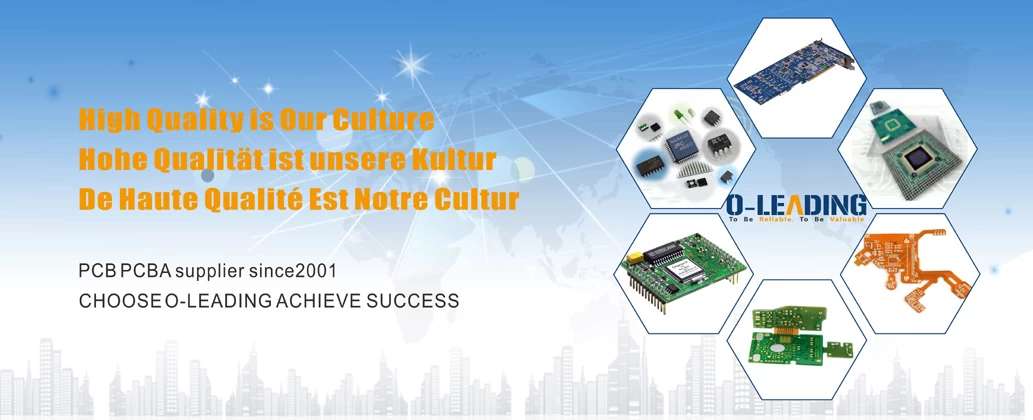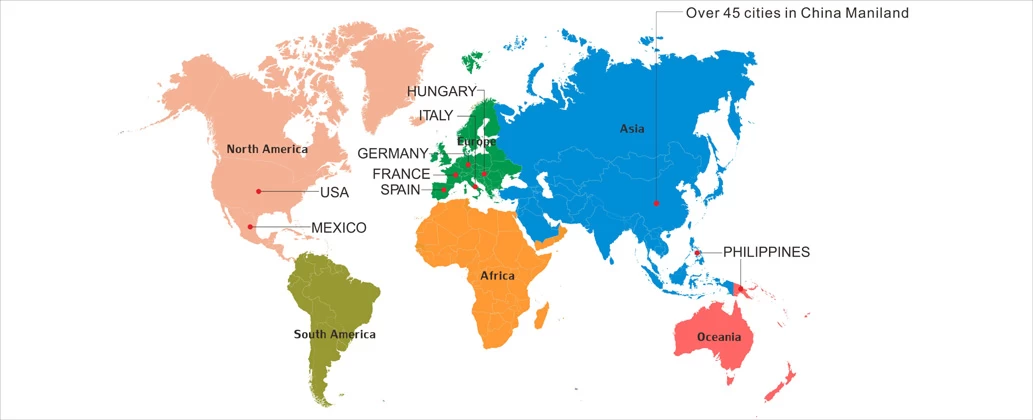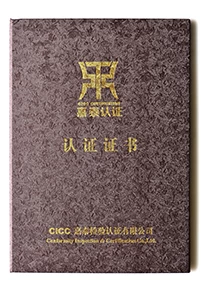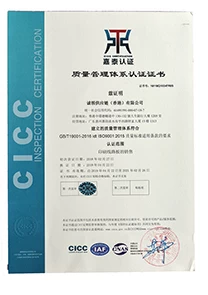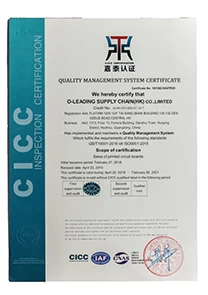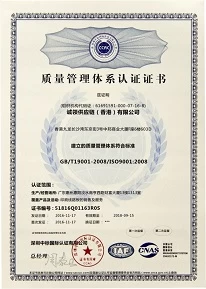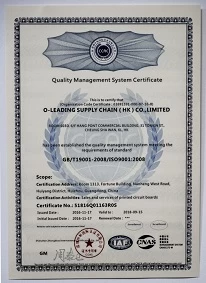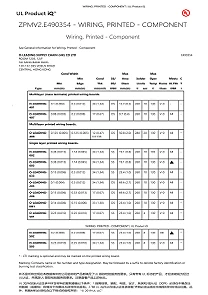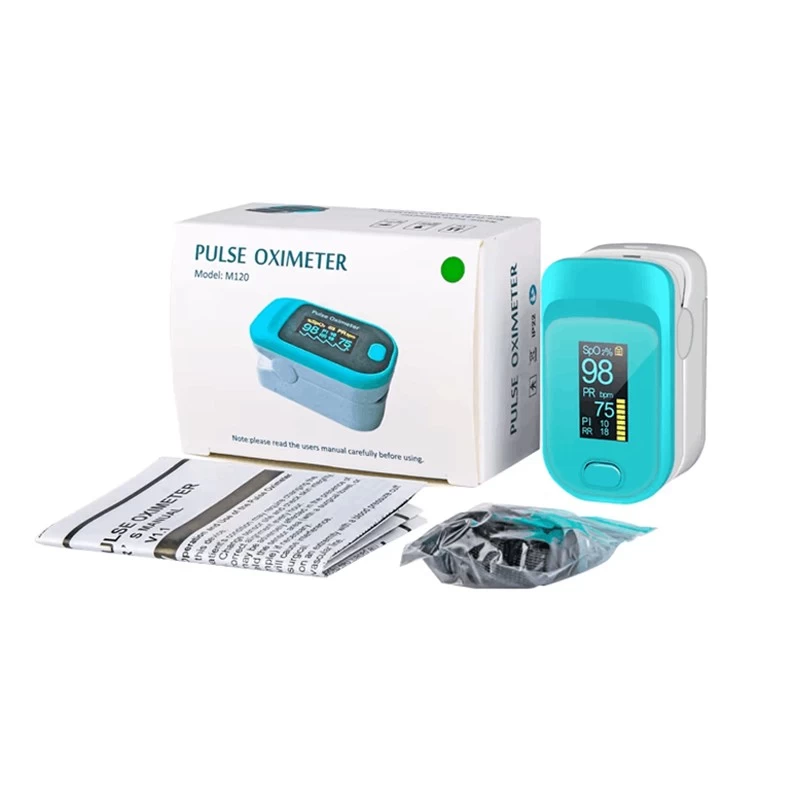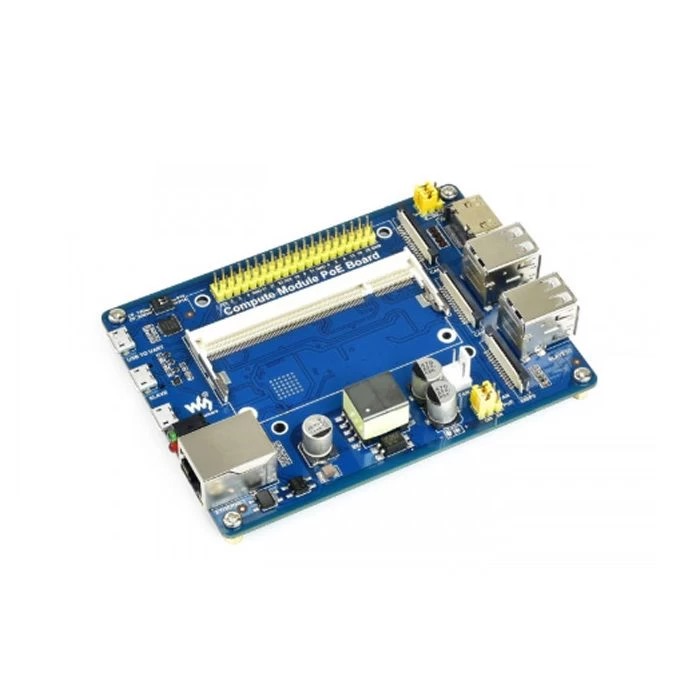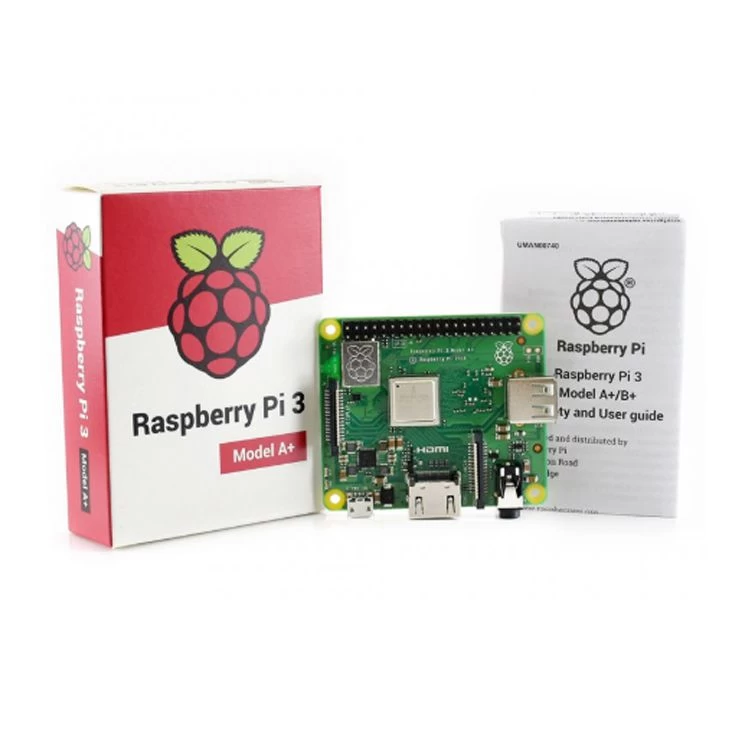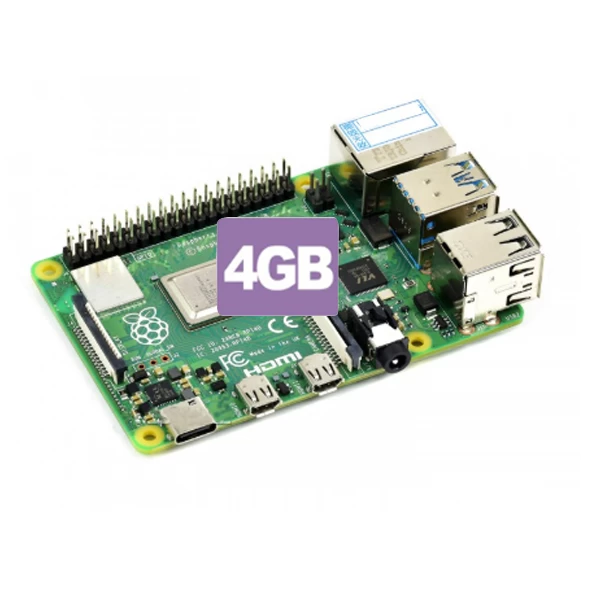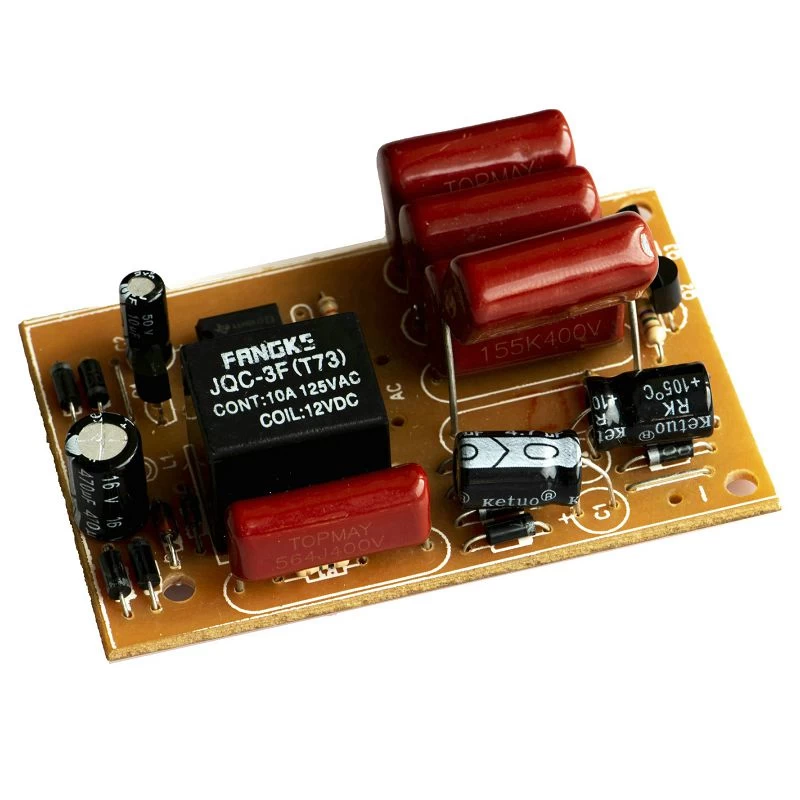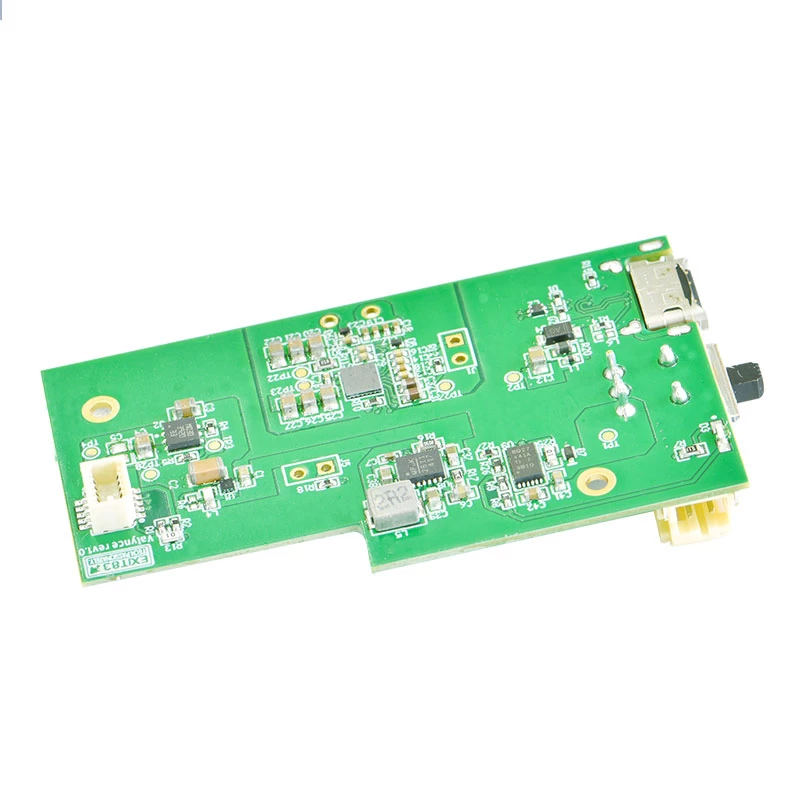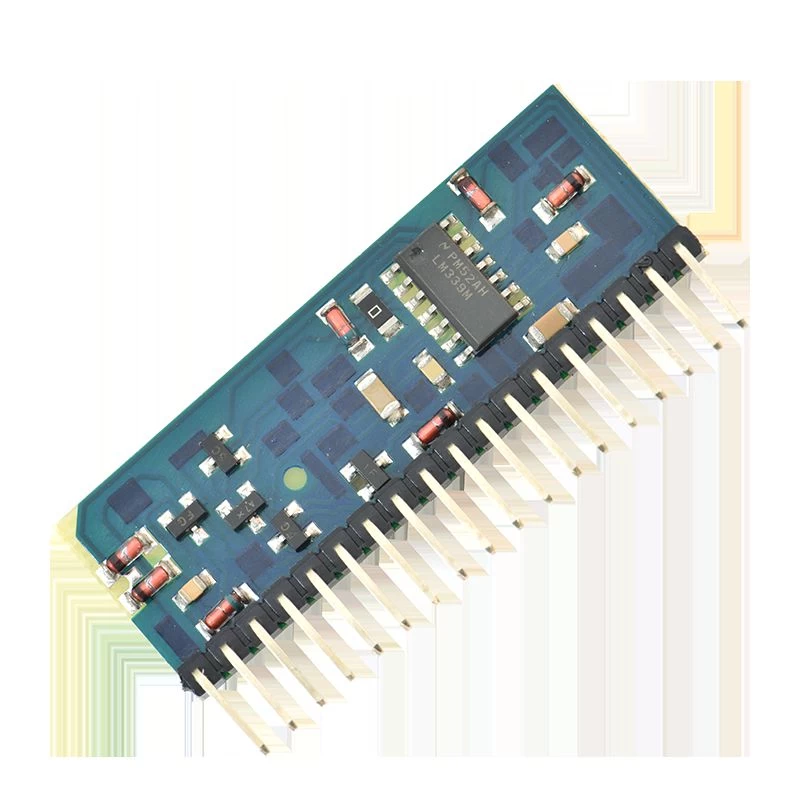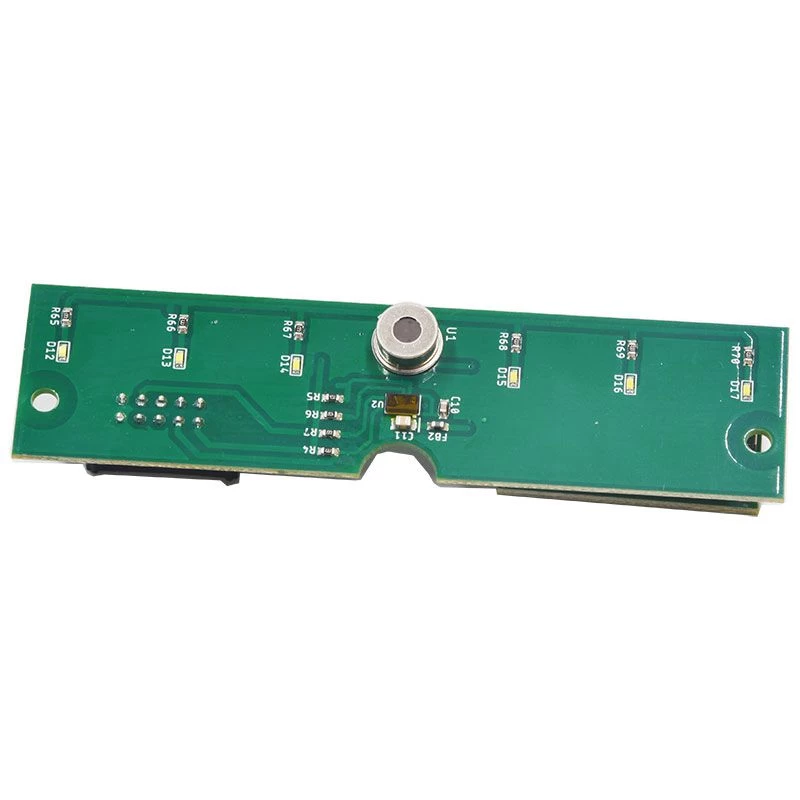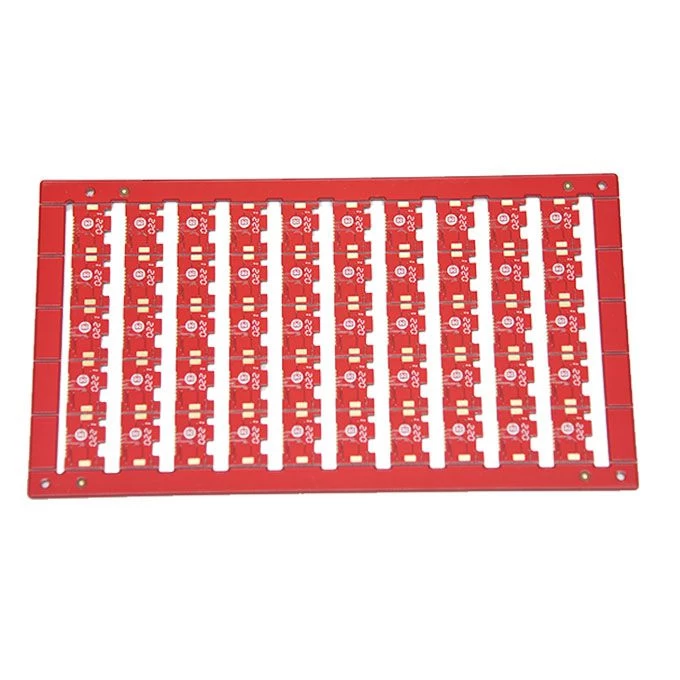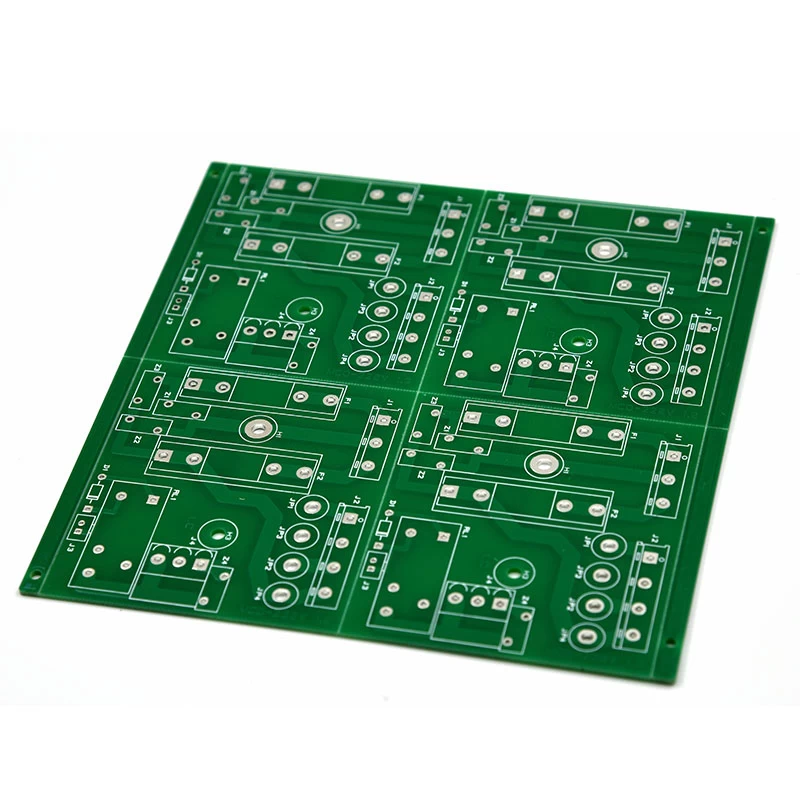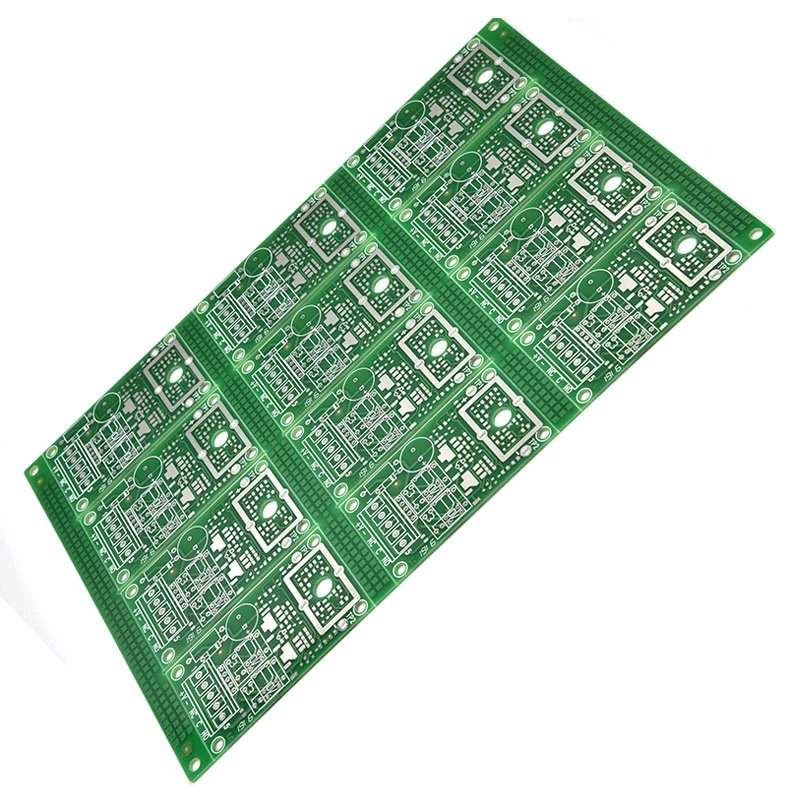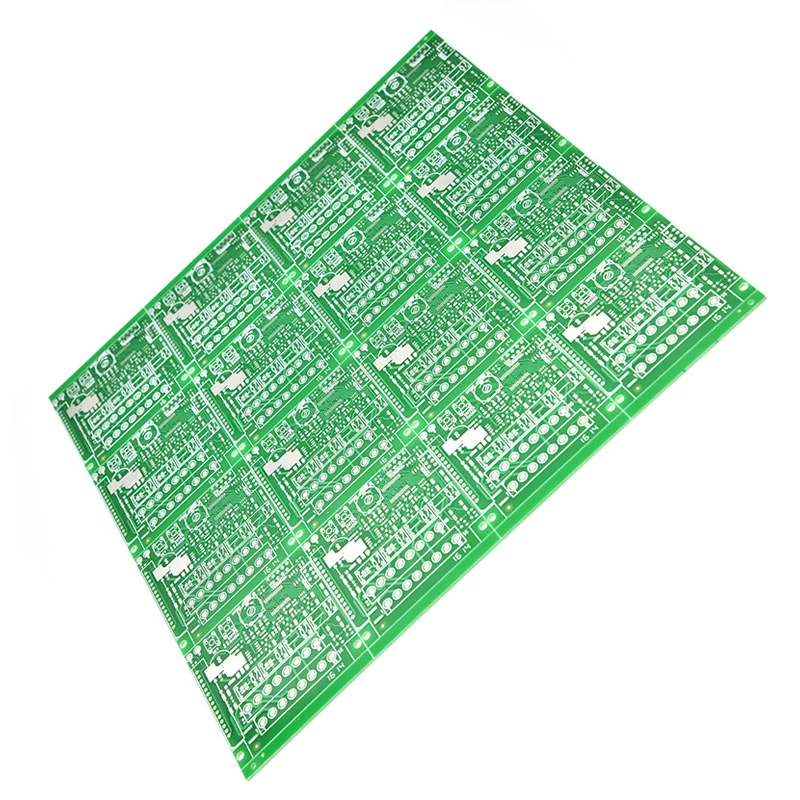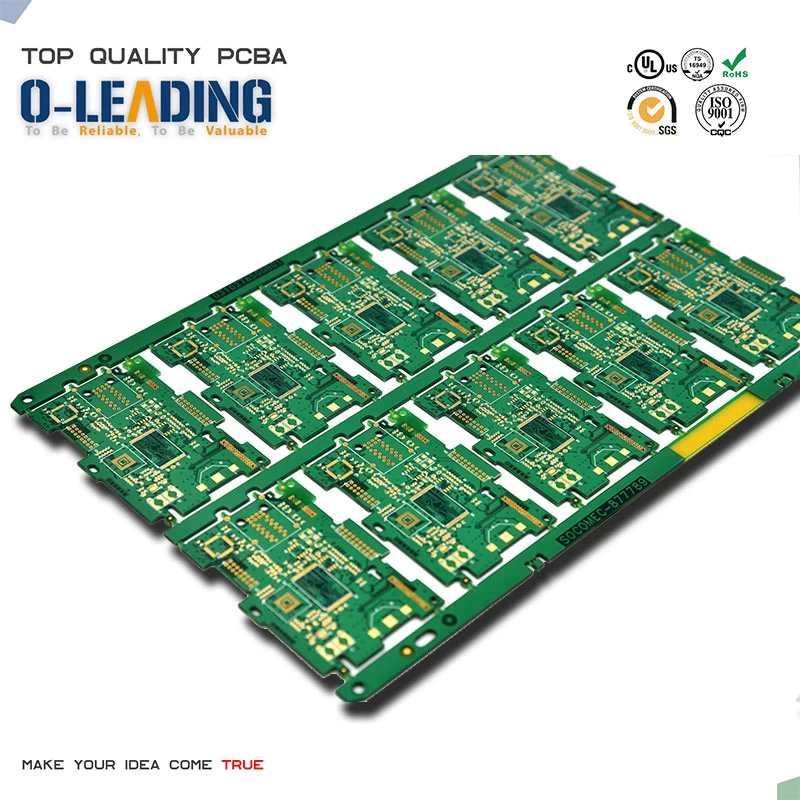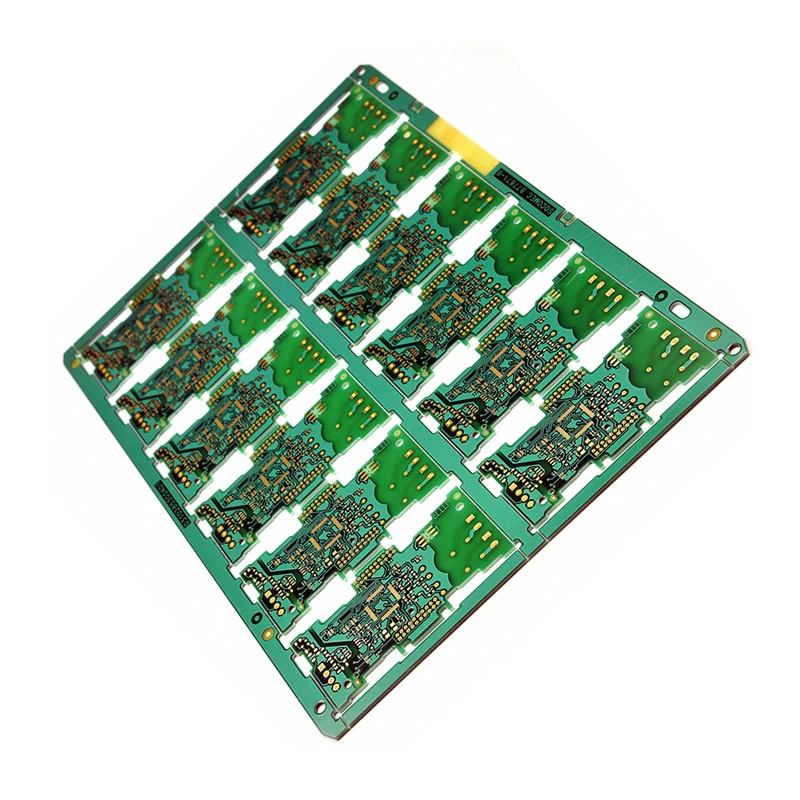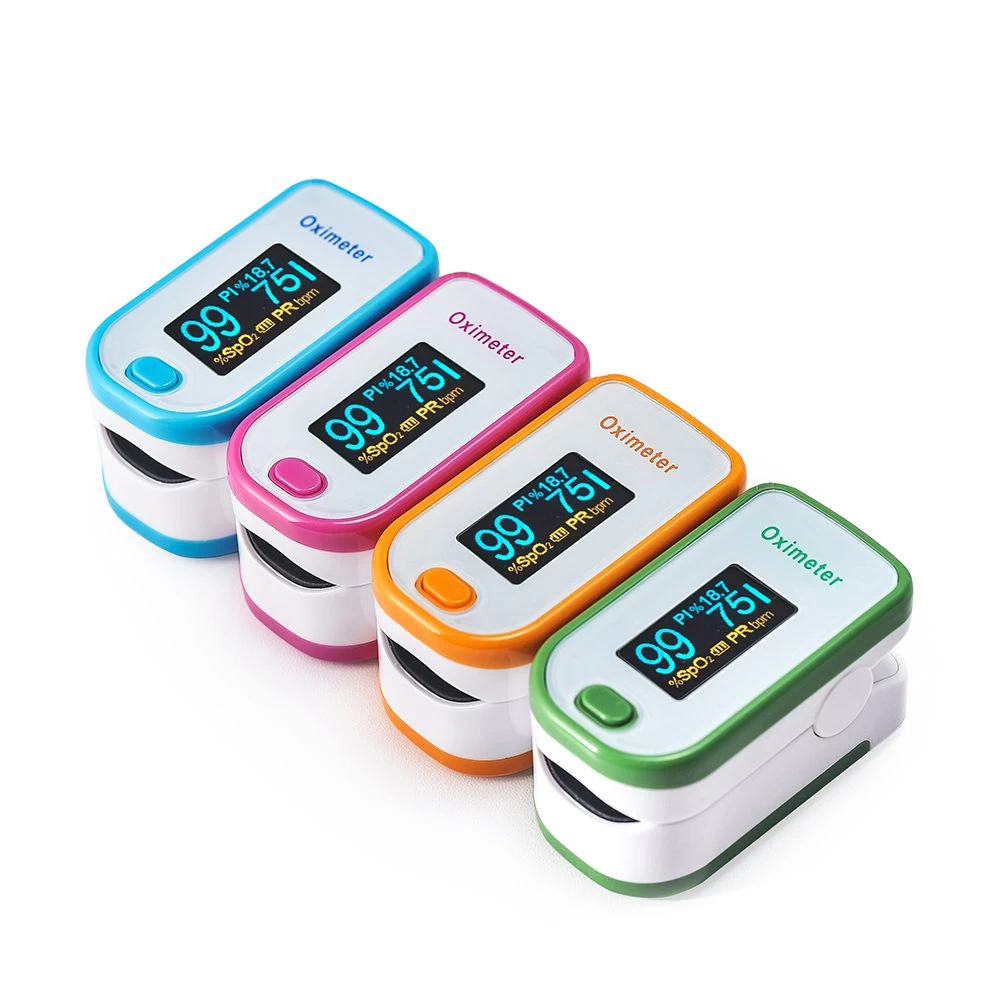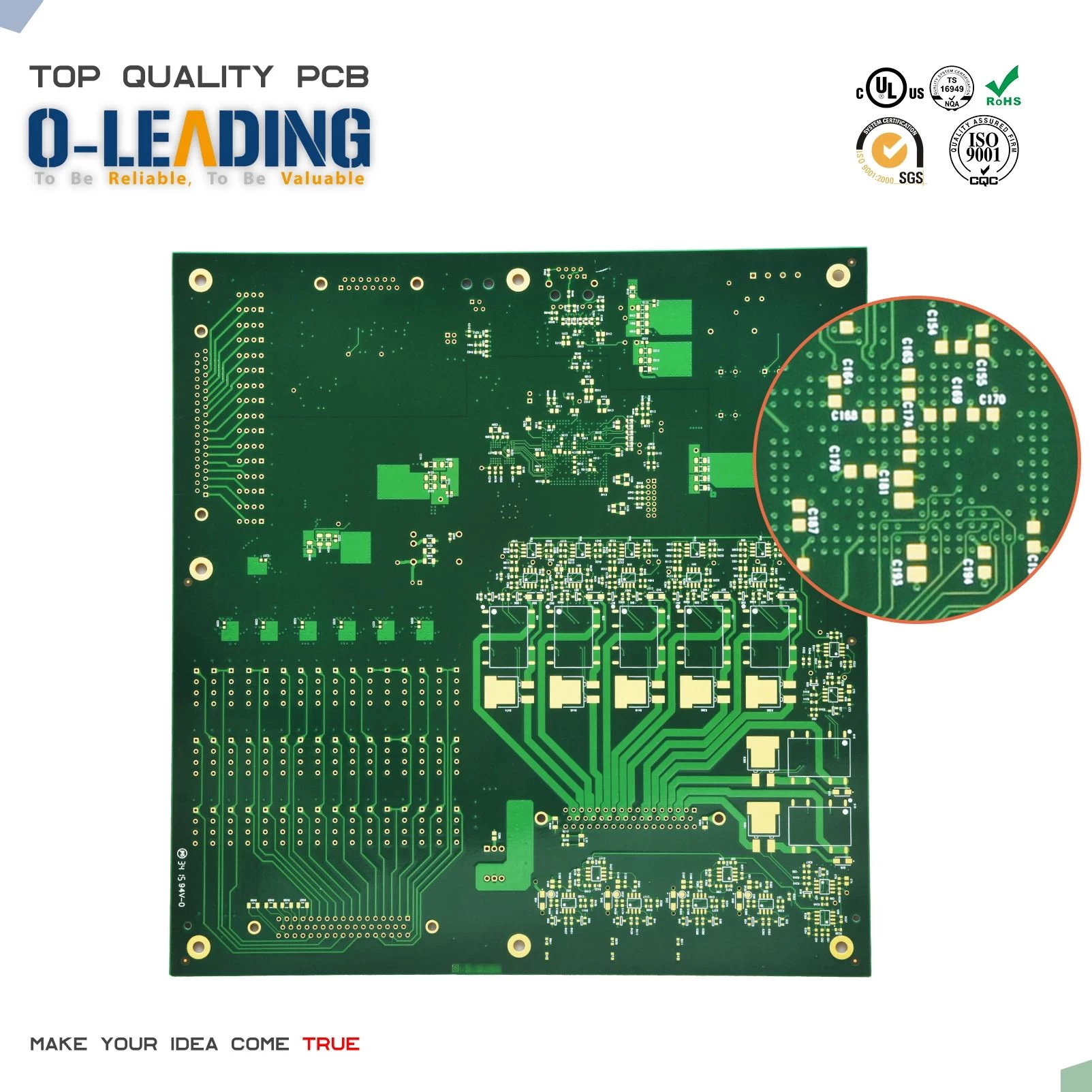In 2018, PCB materials and these components will continue to be out of stock prices(2)
o-leading
o-leading.com
2018-03-28 10:27:08

MOSFETs are not immune
The same tight supply of MOSFETs is constrained by the lack of upstream material supply, and the production capacity of international manufacturers has turned to high-margin vehicle applications, excluding the supply of PCs and 3C applications, resulting in a shortage of market supply and making room for Taiwanese factories last year. The performance of the stock MOSFET-related manufacturers showed growth performance. It is worth noting that whether the relevant manufacturers can increase the selling price in a timely manner and reflect the operating pressure of rising material costs in the upstream.
The supply of MOSFETs in the upper reaches of this year is still insufficient, and the market demand is still strong. Market players believe that MOSFET shipments this year are not a problem, but whether or not prices can be increased smoothly reflect rising costs, which is a result this year. The key to maintaining growth is that among the related stocks, Dazhong, Jieli, and Nixon have received attention from the market.
Jayley had a tight supply of power components last year, together with the growth of commercial laptop shipments. Last year, the company consolidated revenue of 1.017 billion yuan, an increase of 66.1%, and net profit of 2.71 yuan per share in the first three quarters of last year, a record high. The legal person estimates that the net profit per share of Jieli last year was around 3.8 yuan. This year, each share of pure earnings has the opportunity to challenge the 4 yuan level.
At present, Jieli’s MOSFET shipments are dominated by the PC and NB-related markets. In recent years, due to the increase in the proportion of high-end products NB shipments, driving last year's gross margin performance, currently Taiwan’s major notebook computer foundries are almost all Jie Li’s customers. The proportion of NB product shipments to revenue has continued to increase. In addition to notebooks and foundry manufacturers to stabilize customers, Jie Li has opened up consumer electronics products in recent years, which is conducive to expanding the scale of revenue.
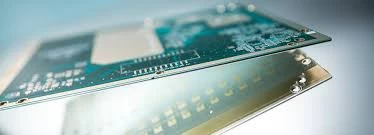
Since last year, the production of MOSFETs by large and medium-sized companies has increased the demand for new applications in the international market. The production capacity of foreign manufacturers has turned to the high-end high-margin application market. In addition, silicon wafers are out of stock, and shipments from large and medium-sized companies are still awaiting success this year.
Nixon suffered a loss in a single month, following a wave of higher raw material prices in December last year. Nexen’s net profit per share for the entire year was approximately 1.56 yuan, which is the best performance since 2009.
MCUs also face shortage crisis
The MCU's stock-out is also due to the fact that large international companies have switched production capacity to the automotive and industrial control markets, and have pushed prices to fine-tune prices. Although the Taiwan factory did not follow up the signs of price hike, but Sheng Qun, New Tang and other enjoy the benefit of transfer orders.
Holtek, New Tang, and other Taiwanese MCU factory boarding opportunities, enjoy the benefits of transfer orders.
Due to a large number of MCUs in the automotive and Internet of Things industries, including IDM plants such as STFA, Texas Instruments, Renesas, NXP, etc., the delivery period has been extended to more than three months. Some of the stocks that are out of stock have a longer delivery period. Six months to nine months.
At the end of last year, the vehicle and industrial control MCUs NXP were also out of stock because of shipments to Apple, which caused a capacity exclusion effect. It was proposed to increase the selling price of its MCUs, smart antenna solutions, and near field communication (NFC) products by 5%. To 10%.
The price of another MCU maker, STMicroelectronics, has also tended to be confusing. Some passers-by have reported price increases and the overall MCU has been out of stock for at least the first quarter of this year.
From the perspective of MCU market conditions, the most critical products are mainly automotive and industrial control applications. In terms of Taiwan MCU suppliers, Holtek and New Tang benefit most.
These components and PCB materials will continue to be out of stock prices in 2018
Passive components out of stock continue
The MCU's stock-out is also due to the fact that large international companies have switched production capacity to the automotive and industrial control markets, and have pushed prices to fine-tune prices. Although the Taiwan factory did not follow up the signs of price hike, but Sheng Qun, New Tang and other enjoy the benefit of transfer orders.
Holtek, New Tang, and other Taiwanese MCU factory boarding opportunities, enjoy the benefits of transfer orders.
Due to a large number of MCUs in the automotive and Internet of Things industries, including IDM plants such as STFA, Texas Instruments, Renesas, NXP, etc., the delivery period has been extended to more than three months. Some of the stocks that are out of stock have a longer delivery period. Six months to nine months.
At the end of last year, the vehicle and industrial control MCUs NXP were also out of stock because of shipments to Apple, which caused a capacity exclusion effect. It was proposed to increase the selling price of its MCUs, smart antenna solutions, and near field communication (NFC) products by 5%. To 10%.
The price of another MCU maker, STMicroelectronics, has also tended to be confusing. Some passers-by have reported price increases and the overall MCU has been out of stock for at least the first quarter of this year.
From the perspective of MCU market conditions, the most critical products are mainly automotive and industrial control applications. In terms of Taiwan MCU suppliers, Holtek and New Tang benefit most.
These components and PCB materials will continue to be out of stock prices in 2018
Passive components out of stock continue
Passive components are still out of stock in 2018, and from the perspective of product mix, they will benefit the most from Guoge, Huaxin Branch, and Gateway Business Daily.
The outsourcing shortage of passive components began to sprout in the second half of 2016, and a full blown year in 2017, which in turn drove the upsurges and continued until 2018. Even though the market has frequently heard noises, due to limited capacity expansion last year, the industry generally predicts that the shortage of passive components will have the opportunity to continue to the end of the year.
Judging from the current situation, in addition to the three most recent shortages of aluminum electrolytic capacitors, multilayer ceramic capacitors (MLCCs), and tantalum capacitors, the sub-industries that have joined the wave of rising prices this year are chip resistors and ceramic.
The outsourcing shortage of passive components began to sprout in the second half of 2016, and a full blown year in 2017, which in turn drove the upsurges and continued until 2018. Even though the market has frequently heard noises, due to limited capacity expansion last year, the industry generally predicts that the shortage of passive components will have the opportunity to continue to the end of the year.
Judging from the current situation, in addition to the three most recent shortages of aluminum electrolytic capacitors, multilayer ceramic capacitors (MLCCs), and tantalum capacitors, the sub-industries that have joined the wave of rising prices this year are chip resistors and ceramic.
substrates. And solid capacitors.
From the layout of the passive component factory in Taiwan, each factory has its own strengths. Among them, MLCC suppliers include Guoju, Huaxin, Dafang, Yixuantang, and Gateway Business, and Mishishishi; chip resistor manufacturers include Guoku, Huaxinke, Dayi, and Qi Lixin. And so on, there is also the upstream ceramic substrate factory Jiuhao.
Aluminum Electrolytic Capacitor Factory covers Jinshan Power, Lilong, Zhibao, Kaimei, and Gateway Business, and the solid capacitors are mainly from Shan State, Japan Electronics and Jinshan Power, Zhibao and so on.
The sub-industry with the highest increase in passive component prices last year was the MLCC. Although the number is close to the year, a small number of MLCC vendors have released their stocks from the outside. However, the industry believes that the products that have appeared to be throwing goods are mainly products that are not lacking in the market. The market conditions of the goods have little effect.
The passive components experienced the shortage of goods and price increase in 2017 and this year has the opportunity to continue to the end of the year.
From the layout of the passive component factory in Taiwan, each factory has its own strengths. Among them, MLCC suppliers include Guoju, Huaxin, Dafang, Yixuantang, and Gateway Business, and Mishishishi; chip resistor manufacturers include Guoku, Huaxinke, Dayi, and Qi Lixin. And so on, there is also the upstream ceramic substrate factory Jiuhao.
Aluminum Electrolytic Capacitor Factory covers Jinshan Power, Lilong, Zhibao, Kaimei, and Gateway Business, and the solid capacitors are mainly from Shan State, Japan Electronics and Jinshan Power, Zhibao and so on.
The sub-industry with the highest increase in passive component prices last year was the MLCC. Although the number is close to the year, a small number of MLCC vendors have released their stocks from the outside. However, the industry believes that the products that have appeared to be throwing goods are mainly products that are not lacking in the market. The market conditions of the goods have little effect.
The passive components experienced the shortage of goods and price increase in 2017 and this year has the opportunity to continue to the end of the year.
O-Leading Supply Chain CO., LTD
TEL: + 86-752-8457668
Fax: + 86-4008892163-239121+ 86-2028819702-239121
TEL: + 86-752-8457668
Fax: + 86-4008892163-239121+ 86-2028819702-239121

